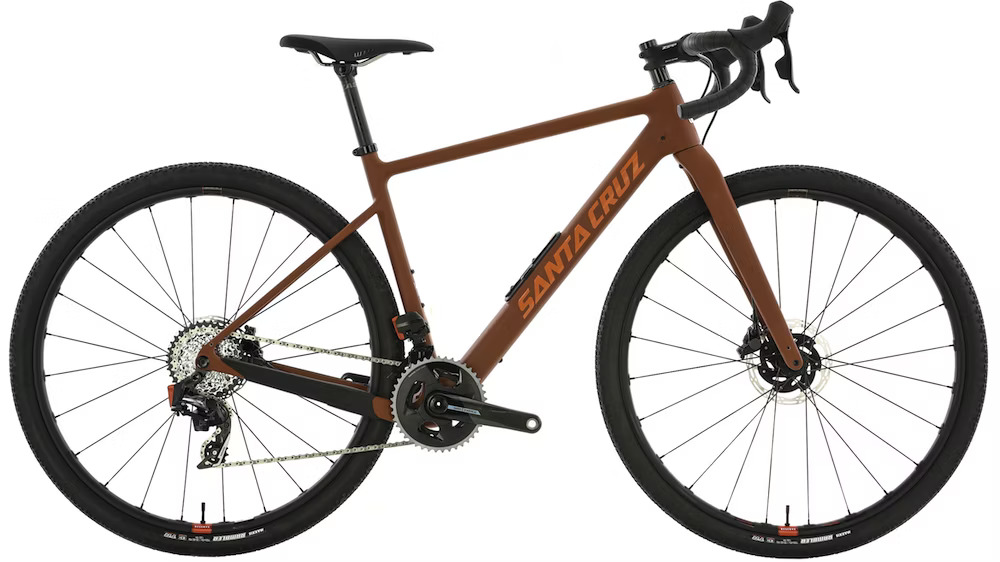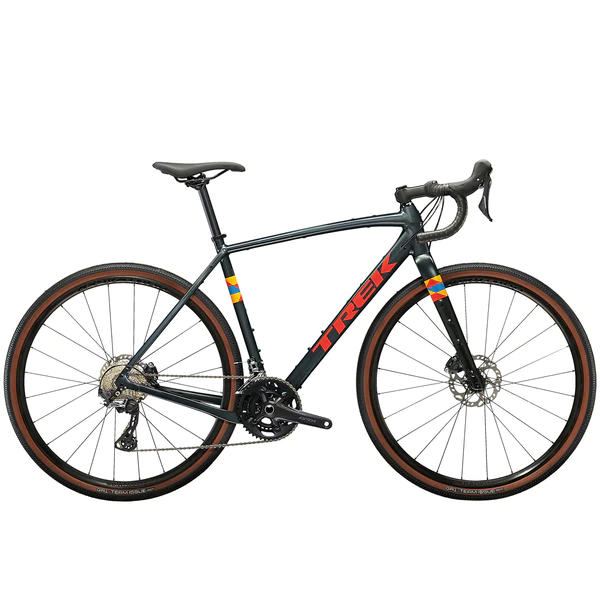Navigating the Terrain: Choosing Frame Materials for Gravel Bikes

Key Point Summary of Choosing Frame Materials for Gravel Bikes:
- Material Matters: The choice of frame material – carbon, aluminum, or steel – significantly affects the bike’s performance, comfort, and durability on gravel.
- Carbon Fiber: Offers the best in lightweight and vibration damping, ideal for serious racers and those seeking comfort on long rides.
- Aluminum: A popular, cost-effective choice that provides a good balance of weight, stiffness, and durability.
- Steel: Renowned for its durability and smooth ride, steel is a great option for riders valuing comfort and longevity over weight savings.
Choosing the right frame material for your gravel bike is as much about personal preference as it is about the technical advantages each material offers. Having spent years racing and riding across a spectrum of bikes – from mountain to cyclocross, and especially gravel – I’ve come to appreciate how the choice of frame material can shape the ride experience.
The Gravel Bike Frame Dilemma
Gravel biking, by its nature, demands versatility. The ideal gravel bike frame navigates the fine line between durability, comfort, and performance. Over the years, I’ve ridden gravel bikes made from all the classic materials – carbon, aluminum, and steel – and each has left a distinct impression on me, shaping my understanding of what works best under different conditions.

Carbon Fiber: The High-Performer’s Choice
Carbon fiber is often the go-to for those looking to shave off every possible gram and smooth out the rough edges of gravel roads. My first ride on a carbon gravel bike was a revelation. The way it absorbed the vibrations from uneven terrain while maintaining stiffness for efficient power transfer was unlike anything I’d experienced with other materials. However, carbon’s high cost and susceptibility to impact damage are considerations. It’s perfect for racers or anyone willing to invest in top-tier performance and comfort but it requires careful handling.
Aluminum: The Versatile Workhorse
Aluminum frames struck me with their balance of performance, durability, and cost. While they might not offer the same level of vibration damping as carbon, modern aluminum alloys, and frame designs have significantly closed the gap. My aluminum gravel bike was my go-to for daily rides, offering a robust platform that handled everything from light trails to long road sections. It’s an excellent choice for beginners and mid-level riders looking for a reliable, all-around performer without breaking the bank.

Steel: The Timeless Classic
There’s something about the ride quality of a steel frame that modern materials haven’t quite replicated. Steel’s natural flex provides a comfortable, forgiving ride on rough gravel surfaces. My steel-framed gravel bike was my choice for adventure rides, where comfort and reliability were paramount. The weight penalty was noticeable, especially on climbs, but the trade-off for durability and the classic aesthetic was worth it. For riders who prioritize longevity and a smooth ride, steel is hard to beat.
Making Your Choice
When it comes down to choosing the frame material for your gravel bike, consider where and how you’ll be riding. If you’re aiming for competitive racing or long-distance events where comfort and performance are key, carbon might be your best bet. For those seeking a reliable, everyday bike that balances performance with durability, aluminum offers a compelling argument. And if you’re drawn to the romance of the road less traveled, valuing comfort and durability above all, then Steel is your steadfast companion.

Final Thoughts
Choosing the right frame material for your gravel bike is a journey that combines personal preference with practical considerations. Whether you’re drawn to the cutting-edge performance of carbon, the balanced attributes of aluminum, or the soulful ride of steel, each material offers a unique way to experience the joy of gravel riding. My adventures across various frame materials have shown me that, ultimately, the best choice is the one that aligns with your riding style, goals, and the kind of terrain you love to explore.
The gravel bike market has seen significant innovation and expansion, offering something for every type of rider. While the best gravel bike can vary based on individual needs, preferences, and budget, here are three models that have consistently received high praise for their performance, versatility, and value:
- Cannondale Topstone Carbon
- The Cannondale Topstone Carbon is renowned for its innovative suspension system, the Kingpin, which provides up to 30mm of rear suspension without the weight and complexity of a shock or linkages. This bike strikes an excellent balance between comfort, performance, and versatility, making it ideal for long rides on varied terrain. Its carbon frame not only reduces weight but also improves ride quality, absorbing vibrations and shocks from rough gravel paths.
- Specialized Diverge
- The Specialized Diverge has been a favorite among gravel riders for its exceptional adaptability and performance. The latest models feature the Future Shock 2.0, a suspension system in the stem that offers adjustable damping to smooth out rough roads and trails. With a focus on comfort and control, the Diverge can tackle everything from fast gravel races to bikepacking adventures. Its geometry is designed for stability and responsiveness, and the bike offers ample clearance for wide tires, further enhancing its off-road capabilities.
- Trek Checkpoint SL
- Trek’s Checkpoint SL series is designed for serious gravel riders who demand performance and versatility. The Checkpoint SL offers a lightweight carbon frame, IsoSpeed decoupler (on select models) for added comfort on rough surfaces, and a geometry that’s both aggressive for racing and comfortable for long days in the saddle. It also boasts extensive mounting options for gear, making it a top choice for bikepacking and adventure riding. The Checkpoint’s ability to accommodate a wide range of tire sizes allows riders to customize their setup for specific terrain or riding styles.
Each of these bikes represents the pinnacle of current gravel bike design, with a focus on innovation, rider comfort, and versatility.

FAQ
Is steel or aluminum better for a gravel bike?
Steel offers a smoother ride due to its natural vibration-damping qualities, making it ideal for comfort over long distances. Aluminum, however, is lighter and often more affordable, with a stiffer ride that can be advantageous for efficiency and power transfer. The better choice depends on your priorities: comfort and durability (steel) or lightness and cost-effectiveness (aluminum).
What are gravel bike frames made of?
Gravel bike frames are commonly made from aluminum, carbon fiber, steel, and sometimes titanium. Each material offers a unique balance of weight, stiffness, comfort, and price.
What is the best material to make a bike frame?
There’s no one-size-fits-all answer, as the best material depends on the bike’s intended use, rider preferences, and budget. Carbon fiber is prized for its lightweight and tunability for performance, making it a top choice for high-performance road, mountain, and gravel bikes. However, for durability and repairability, some might prefer steel or aluminum.
Are carbon frames good for gravel?
Yes, carbon frames are excellent for gravel bikes. They offer a superb balance of light weight, stiffness, and vibration damping, enhancing both performance and comfort on rough, uneven surfaces. Carbon also allows for more precise shaping of frame tubes, which can optimize aerodynamics and improve ride quality.
Happy trails!
John





